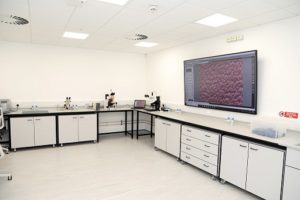History of leathermaking and education in Northampton
The history of leathermaking in Northampton dates back to the late Saxon period and the prominence of the craft has made the town renowned for footwear and leather manufacture as well as leather education worldwide. The University of Northampton is one of the the only universities in Europe to offer a degree in Leather Technology, continuing to educate the leathermakers of the future.
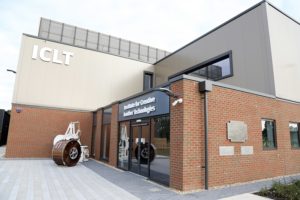
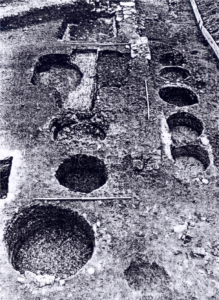
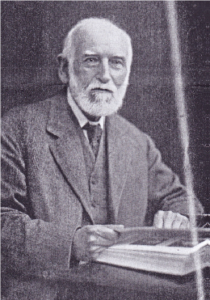
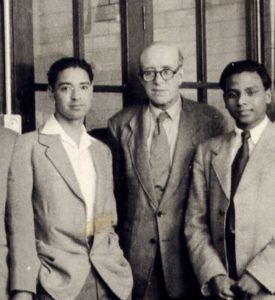 Tanning and Boot and Shoe departments relocated in an adjacent tannery fitted with model equipment in St. Michael’s Road. David Woodroffe (centre in photo) became first Principal of Tanning and Footwear.
Tanning and Boot and Shoe departments relocated in an adjacent tannery fitted with model equipment in St. Michael’s Road. David Woodroffe (centre in photo) became first Principal of Tanning and Footwear.